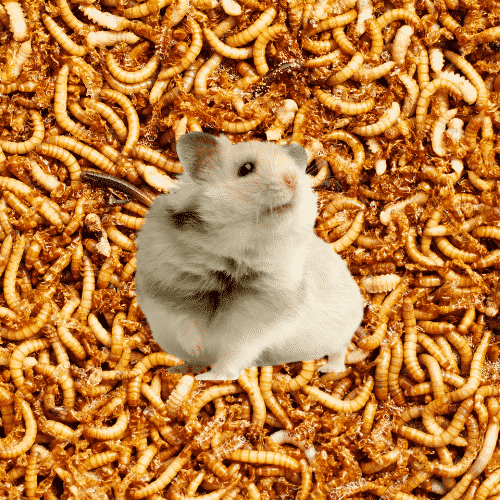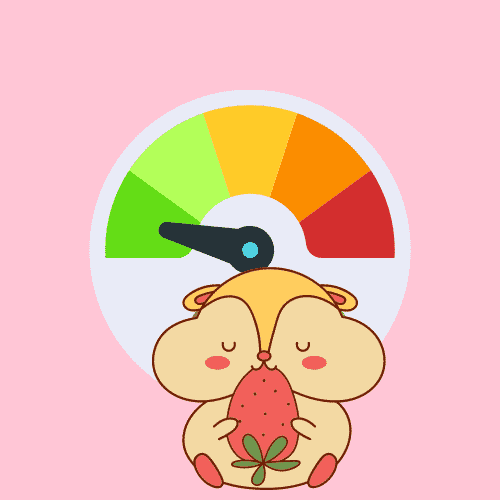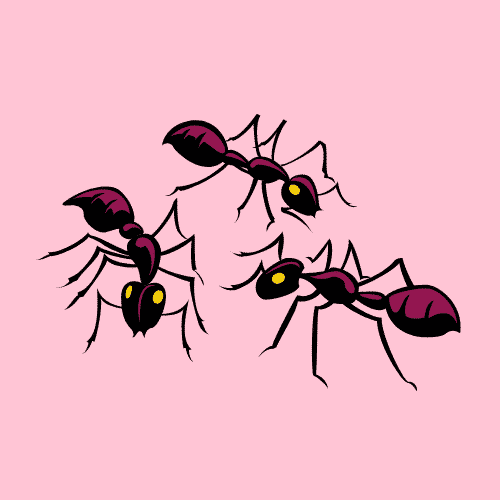Hamsters are adorable, but they can be fussy eaters. Some of them like a diet that is mainly based on insects. Mealworms are an excellent option for a hamster’s diet since they are low in fat and high in protein.

In addition, mealworms are easy to find and relatively affordable. So, if you’re looking for a way to add some variety to your hamster’s diet, feeding them mealworms is a good option.
In this article, we will discuss how many mealworms you should feed a hamster and how to go about doing so. We will also touch on some of the benefits of feeding hamster mealworms.
Can Feeding Hamsters Mealworms Harm Them?
Some people may be hesitant to feed hamsters mealworms because they are worried that the insects will harm their pets. However, the truth is that mealworms are healthy and nutritious food for hamsters.
In fact, mealworms can even help keep your hamster’s teeth healthy. When a hamster eats a mealworm, its teeth will grind the insect down, which helps to keep them healthy and sharp.
Plus, mealworms are a good source of vitamins and minerals, including vitamin A, B12, and calcium. So, feeding your hamster mealworms is a great way to ensure that they get the nutrients they need.
Are Mealworms Good for Hamsters?
In addition to being healthy, mealworms are also a great source of entertainment for hamsters. When given the opportunity, most hamsters will enjoy hunting and eating mealworms.
This can be a fun activity for both you and your pet hamster. It can also be an excellent way to help keep your hamster active and healthy.
Mealworms are also a good source of protein, which is vital for hamsters. Protein helps keep a hamster’s muscles healthy and helps them maintain a healthy weight.

In conclusion, mealworms are essentially suitable for these adorable small rodents. They are healthy, nutritious, and entertaining. So, if you want to give your hamster a little variety in their diet, consider feeding them mealworms.
How Many Mealworms to Feed a Hamster?
Now that you know some of the benefits of feeding hamster mealworms let’s discuss how many you should feed your pet.
The general rule of thumb is to give your hamster around 10-15 mealworms per day. However, you may need to adjust this number depending on the size and age of your hamster.
Smaller hamsters may need fewer mealworms, while older or larger hamsters may need more. As a general rule, it is always best to start with the lower end of the recommendation and increase the number if required.
Remember, too much of a good thing can be harmful, so don’t overfeed your hamster mealworms. Doing so can lead to weight problems and other health issues. It will also not be a well-balanced diet.
Best Mealworms for Hamsters
Not all mealworms are created equal. Some are better for hamsters than others.
When looking for mealworms to feed your hamster, try to find ones that are specifically meant for small animals. These mealworms will be smaller in size and have less fat than those intended for chickens or larger animals.
In addition, make sure that the mealworms you choose are pesticide-free. Pesticides can be harmful to hamsters, so it is essential to select mealworms free of these chemicals.
Mealworms can be primarily found in pet stores or online. So, if you are looking to add some variety to your hamster’s diet, feeding them mealworms is a good option. Make sure to look for small, pesticide-free mealworms, and give your hamster 10-15 per day.
Dried Mealworms for Hamsters
If you’re looking for a way to keep your hamster’s diet interesting, you might want to try feeding them dried mealworms.
Dried mealworms are precisely what they sound like: mealworms that have been dried out. While they may not be as healthy as live mealworms, they are still a good source of protein and vitamins for hamsters.

Plus, dried mealworms are easy to store and last for a long time. This can be helpful if you want to keep a stock of them on hand for when you need them.
You can find dried mealworms at most pet stores or online. Just make sure to read the ingredients list before purchasing, as some dried mealworms may contain added salt or other chemicals.
Also, ask your local veterinarian if he recommends a particular brand of dried mealworms. Some veterinarians may sell them in their office or recommend an excellent online source.
Can Hamsters Eat Honeydew Melon? Seeds, Skin & More!
How to Feed Mealworms to Hamsters
Now that you know all about mealworms and their benefits for hamsters, it’s time to learn how to feed them to your pet.
The best way to feed mealworms to a hamster is by hand. This can be a little tricky at first, but it will become easy with a bit of practice.
Here’s how to do it:
1. Start by picking up a few mealworms with your fingers. Try to pick them up close to the head, as they will be easier to eat this way.
2. Gently place the mealworms in your hamster’s mouth. They should eat them right away.
3. If your hamster doesn’t eat the mealworms right away, you can place them in their food bowl. Just make sure to remove any uneaten mealworms after a few hours.
4. Repeat this process once or twice a day.
If you find that your hamster is not eating enough mealworms, you can try sprinkling them on their food. This will make them less noticeable and encourage your hamster to eat them.
Just be careful not to give your hamster too many mealworms, as this can lead to weight problems.
So, that’s how to feed mealworms to a hamster! It may take a little practice, but it will be accessible once you get the hang of it. And your hamster will love the added variety in their diet.
Final Thoughts
Mealworms are a great source of protein and vitamins for hamsters. They can be fed live or dried and are a great way to add variety to your hamster’s diet. While nutritious, make sure not to give your hamster too many.

Veterinarian (DVM, MS) Content Writer, Blogger, and WordPress Developer. Working as a pet/animal/bird/fish/reptile/wildlife writer for the past 7 years on many renowned platforms.




